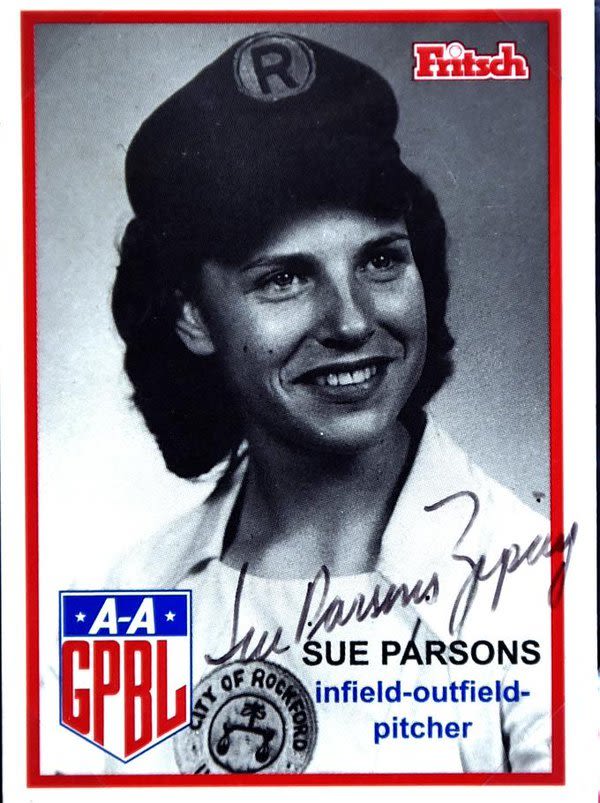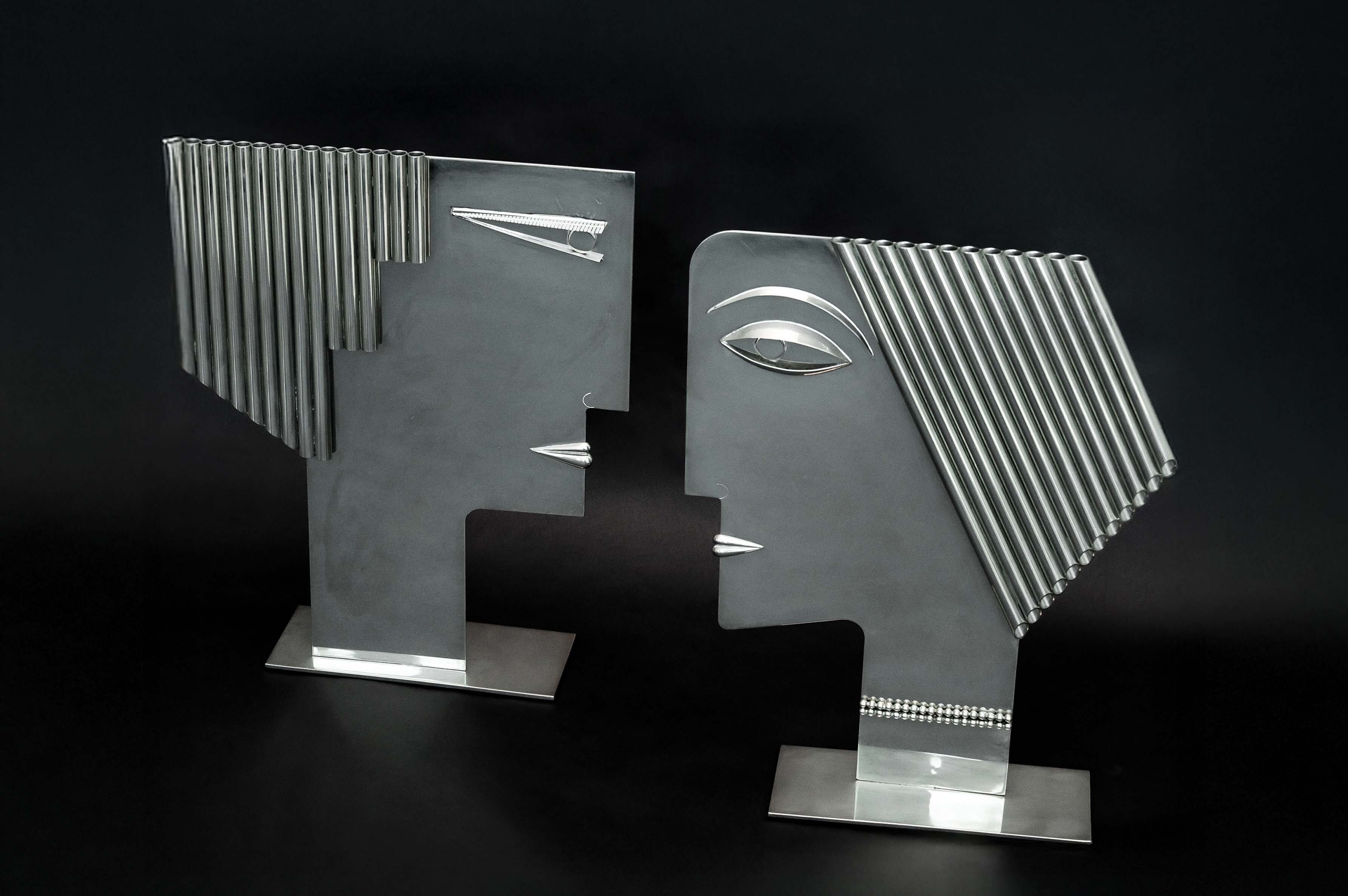Women's Sports Museum to be Located in Sarasota

Women's Sports Museum rendering by Hoyt Architects
"[Baseball] is supposed to be hard," says Tom Hanks' character in A League of Their Own. "If it wasn't hard, everyone would do it."
Sue Parsons Zipay likes to cite that line and add, "Making a women's sports museum is even harder."
Zipay would know. The Massachusetts native and Englewood resident played two seasons for the Rockford Peaches in the All-American Girls Professional Baseball League, the real-life WWII-era team and league portrayed in the movie. Now she's spearheading efforts to create a museum dedicated entirely to women's sports, to be located right here in Sarasota.
The nonprofit Women's Sports Museum already represents 16 months of effort for Zipay and her team, which includes a capable board of directors. Zipay has also consulted with architect Janet Marie Smith (whose works include Ed Smith Stadium, Camden Yard in Baltimore and now renovations to Dodgers Stadium in Los Angeles) as well as tennis legend Billie Jean King. Sarasota's substantial tourism appeal, as well as the area's growing reputation as a sports hub, are among the reasons for locating the attraction here. Leadership have yet to choose a site, although Zipay suggests the former G.WIZ building at the west end of Boulevard of the Arts would be ideal.
The Women's Sports Museum launches its official fund-raising efforts on Oct. 22 with a kickoff gala at the Hyatt Regency Sarasota. More than 20 former AAGPBL players will be in attendance, as well as other female luminaries in the sports world.
(Editor's note: I can't attend the gala on the 22nd, but for what I thought would be an acceptable reason in this context: I'm playing in an out-of-town women's hockey tournament. When I explained this to Zipay, she high-fived me. And yes, I'm telling that story to everyone.) (Also, I can't get this song out of my head.)
We asked Zipay to reminisce about her own athletic career and her days with the AAGPBL.

Were you always an athlete?
I had a lot of athletic skills and I had four brothers. When they played baseball, I played baseball; when they went skating I went skating; when they played football I played football. When I was younger, and they headed to the sandlot, they’d holler for me to go because I could play as well if not better than they could. It never occurred to me I shouldn’t do it until my mother started telling me in sixth grade and seventh grade I had to start behaving like a lady, and that I shouldn’t play baseball. I used to have to sneak down to play with the boys.
Did you have opportunities to play organized sports?
In those days there was no way and no place for a female who had athletic ability to do anything with it. I couldn’t play Little League; they wouldn’t allow me to. I couldn’t play with the boys' baseball team because that was unheard of. I used to play softball with the girls' team, they were terrible, most of them--nobody was encouraged to be athletic. I’d look across and see the boys playing, and I used to get so upset because I couldn’t be with them.
How did you get into the AAGPBL?
My softball coach mentioned it to me when I was a senior, and the chaperone of the Rockford Peaches, who was a former player, lived about 20 miles away from me. So I drove up there to see her and we caught a few balls and what have you. About two weeks later I got a contract in the mail. I thought, “Oh, this is heaven."
How much did you get paid?
I'd thought, "I’m going to make a lot of money and buy my mom a house and be like all the men.” Little did I realize that I got $50 a week and $2 a day for meals. The men weren’t making a heck of a lot, but they were making a heck of a lot more than that.
What was the competition like?
I thought I was a pretty good athlete in my hometown, but I realized I was just a little fish in a big pond. There were so many women and they were all so good, the competition was so great. I wasn’t a star; I was a very nervous 18-year-old rookie. The manager, Johnny Rawlings, who was a former Major League player, said to me, "If you weren’t as good as all the rest, you wouldn’t be here."
What positions did you play?
I didn’t get to play much at first because I was a rookie. And I was scared to death when I got up to bat. Second year, I was more relaxed, and [Rawlings] started using me more for pitching—I was never a pitcher. My whole thing was playing short stop. My throwing technique was more like a short stop and he wanted to get [my arm] way up there and throw like a pitcher.
What was your schedule?
We played every night and on Sundays, two games. We’d be at, say, South Bend, Indiana, finish a game at 9 o’clock at night, go and get something to eat and get on the bus. We would travel half the night to get back to Rockford. And you could not be off the bus or outside unless you had a skirt on, so if we stopped and you wanted to get out and get a hot chocolate or something like that, you had to take your jeans off and make sure you had a skirt on.
We would get a few hours sleep, get up and go to practice, then go back and do whatever until 4 or 5 o'clock. Before we played the game that night we’d all be sitting around the hotel playing poker.
How accurate is A League of Their Own?
Well, the manager never came in the locker room, and he never peed in there. [Laughs.] And they never used any bad language. But the camaraderie was just great. You're an athlete, and you're getting to play the game you love. It was such a great experience.



